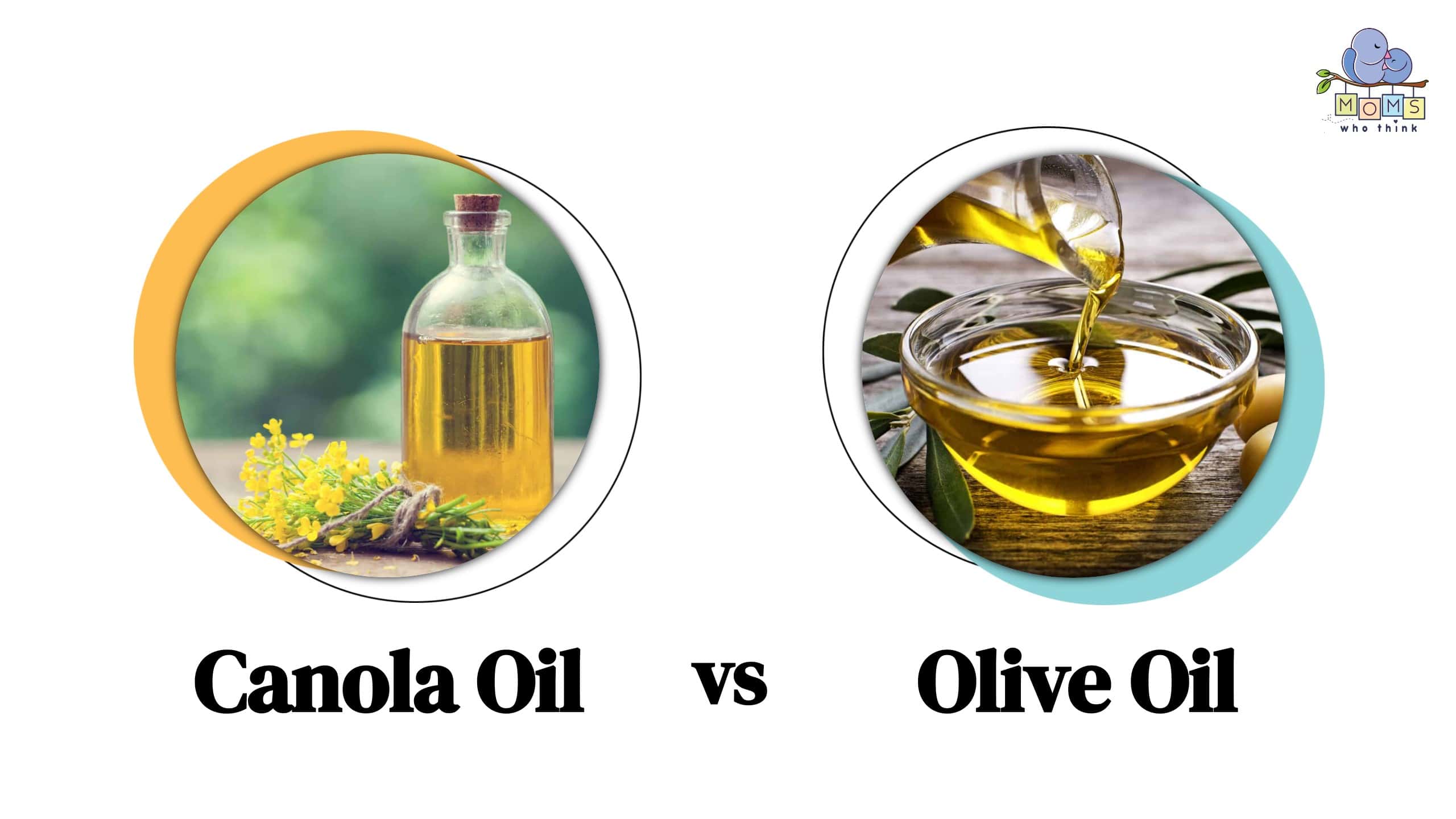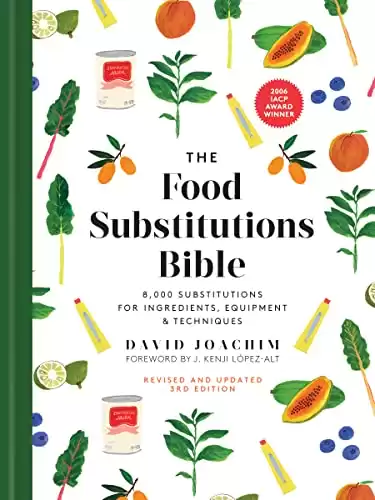In most kitchens, you're likely to find either canola and/or olive oil. These kitchen staples seem similar at first glance, especially since both are full of healthy unsaturated fats. However, there are major differences. For example, canola oil has a saturated fat content of 7% while olive oil has 14%. On the other hand, olive oil is considered an anti-inflammatory oil while canola oil is known to be pro-inflammatory. This article discusses other key differences that can significantly impact not only your style of cooking but also the flavor of your dishes and its nutritional value. Are you ready to learn more?
Canola Oil vs Olive Oil: How Each Are Made
Canola Oil
In order to make canola oil, it starts with crushed canola seeds. And there are two ways to get the oil out. The first method involves a bit of heat and a special solvent called hexane that is commonly used to remove vegetable oils from crops. The other method is called cold pressing, where you simply press the seeds. Then, once the oil is extracted, it needs some refining to get the best quality and purity.
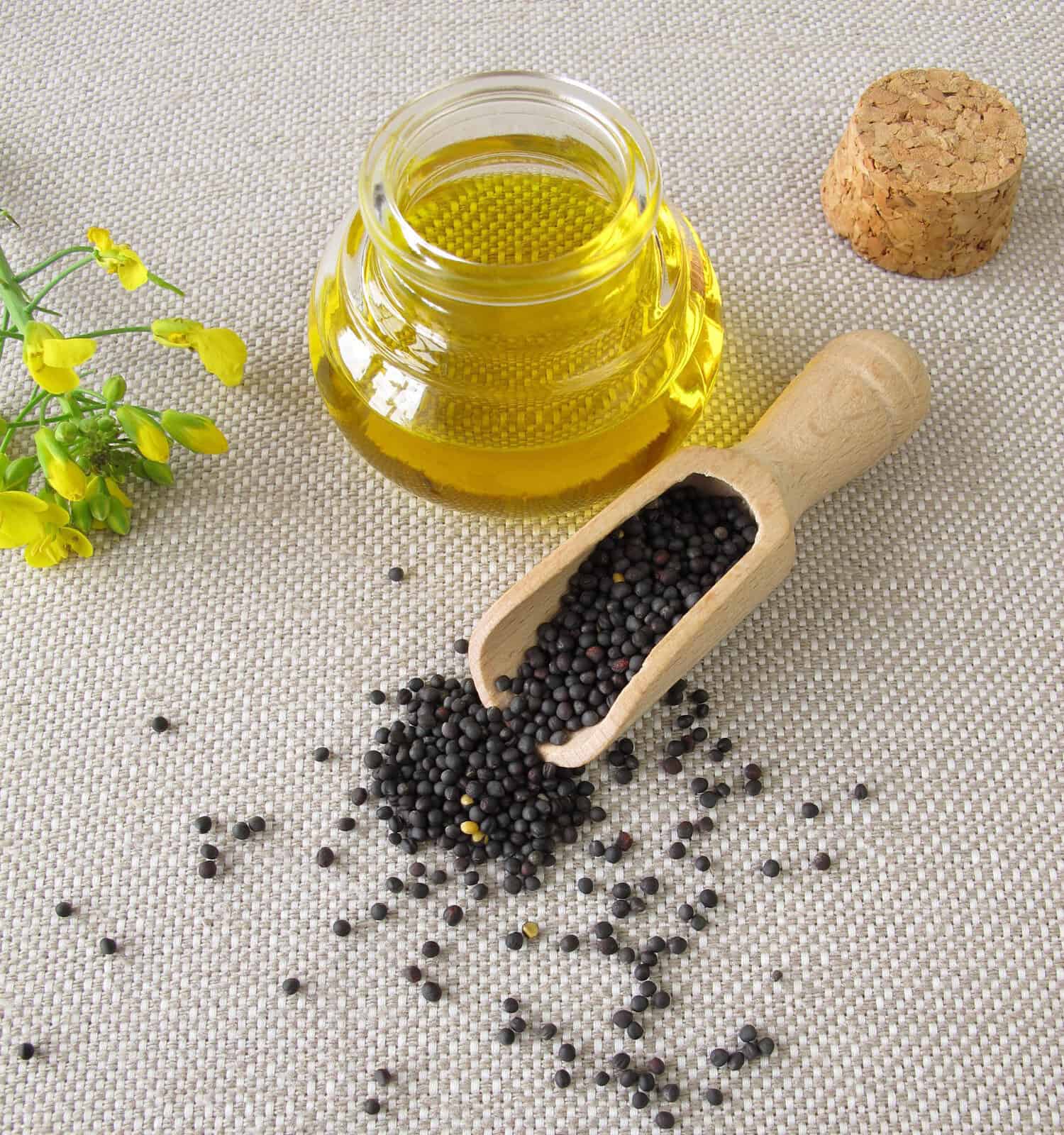
©Heike Rau/Shutterstock.com
Next water and organic acids help clean the oil to remove impurities like gums and free fatty acids. Filtration then clarifies the oil's appearance by removing particles and coloration. Finally, steam distillation ensures any lingering odors vanish, resulting in pure, odorless canola oil.
Olive oil
The process of making olive oil is different. First, ripe olives are picked from olive trees. Then, they're cleaned to remove leaves and other things. Next, the olives are crushed into a paste. This paste is mixed to separate the oil from water and solids. After that, they use pressing or centrifugation to get the oil out. They separate the oil from the water and solids. The oil is stored, and sometimes it's filtered to remove tiny bits. Finally, it's put into bottles. There are different types of olive oil that will be discussed later in this article. But first…
- The must-have convenient reference guide for every home cook!
- Includes more than 8,000 substitutions for ingredients, cookware, and techniques.
- Save time and money on by avoiding trips to grab that "missing" ingredient you don't really need.
What is Canola Oil?
This type of oil came from Canada in the 1970s. It is from a special type of rapeseed plant developed through breeding to have low levels of harmful compounds. This new plant was called “canola” which is a contraction of “Canadian oil, low acid.” This was the way canola oil could be distinguished as the new and improved oil cultivated from rapeseed. And it is the oil that is commonly found in grocery stores today.
It is widely known for its mild and neutral flavor. And because of its light and neutral taste, it is a versatile oil for cooking various types of dishes without imparting a strong or distinctive flavor. That way the natural flavors of the ingredients in your dishes shine through and not the canola oil.
What is Olive Oil?
In the Mediterranean region, olive trees, the source of olives and olive oil, naturally grow in countries like Greece, Italy, Spain, and the Middle East. This is where olive oil came from. In fact, people have been using it for thousands of years. And it is found in many ancient books, with multiple mentions of olive oil and its uses in the Bible.
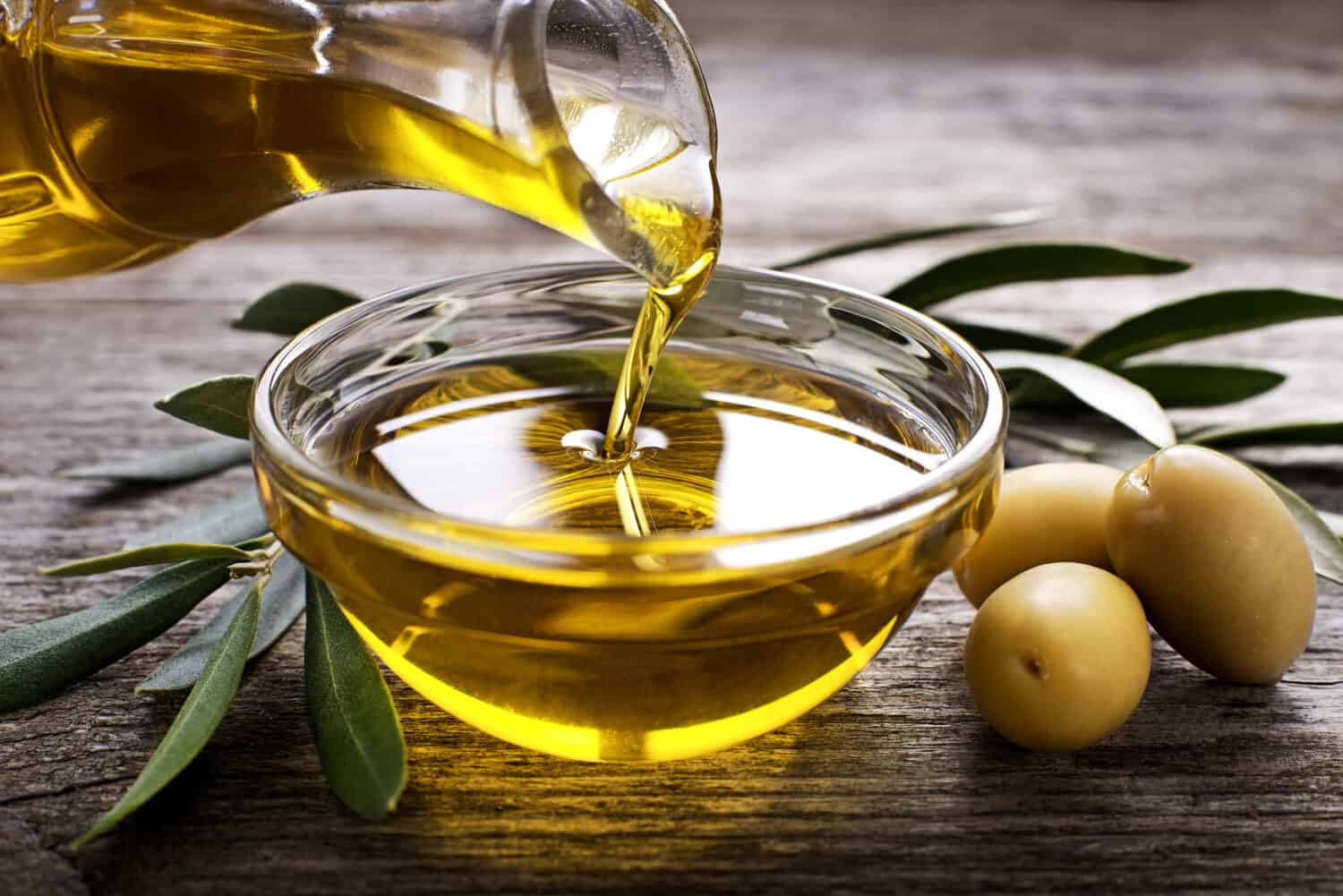
©DUSAN ZIDAR/Shutterstock.com
Ancient civilizations in these areas discovered that they could press olives to get oil. This oil became vital to their food, culture, and economy. So, they used it for cooking, lighting lamps, cosmetics, and even religious ceremonies.
Today, while Mediterranean countries still produce a lot of olive oil, each with its unique flavors, olive oil has also become popular all over the world. Why? Because of its health benefits and its ability to enhance the taste of food.
Canola Oil vs Olive Oil: The Good
Not all canola oil is created equal. This is why it’s a controversial subject. Some say it’s healthy. Others will argue to stay away from it. So what gives? Let’s first talk about the good benefits of both canola oil.
Healthy Fats
Both canola and olive oil are low in saturated (bad) fat. And that’s a good thing! Think of saturated fat like a tightly packed stack of bricks. Just as bricks are solid and closely arranged, saturated fat molecules have no double bonds between their carbon atoms and are tightly packed together. This structure makes the fat solid at room temperature and less healthy when you eat too much. Why? Because it can raise cholesterol levels and contribute to heart disease.
They are also high in unsaturated (good) fats, and low in unhealthy trans fats, which makes it a heart-healthy choice.
Extensive research shows olive oil helps promote optimal health. For example, an interesting report published in the Journal of the American College of Cardiology found that people who regularly eat a lot of olive oil, especially when they use it instead of butter, margarine, or mayonnaise, tend to live longer.
Olive oil has antioxidants that can help protect your body and reduce inflammation. Some studies also show that people who eat more olive oil tend to have a lower risk of heart problems, certain cancers, and even memory issues like dementia compared to those who don't use olive oil much or at all.
It is also good for skincare and haircare as a moisturizer with nourishing properties. It can help improve skin hydration and the overall appearance of hair.
Taste
With its mild taste, canola oil won't overpower the flavors of your dishes. Has contains vitamins and antioxidants that are good for your overall well-being.
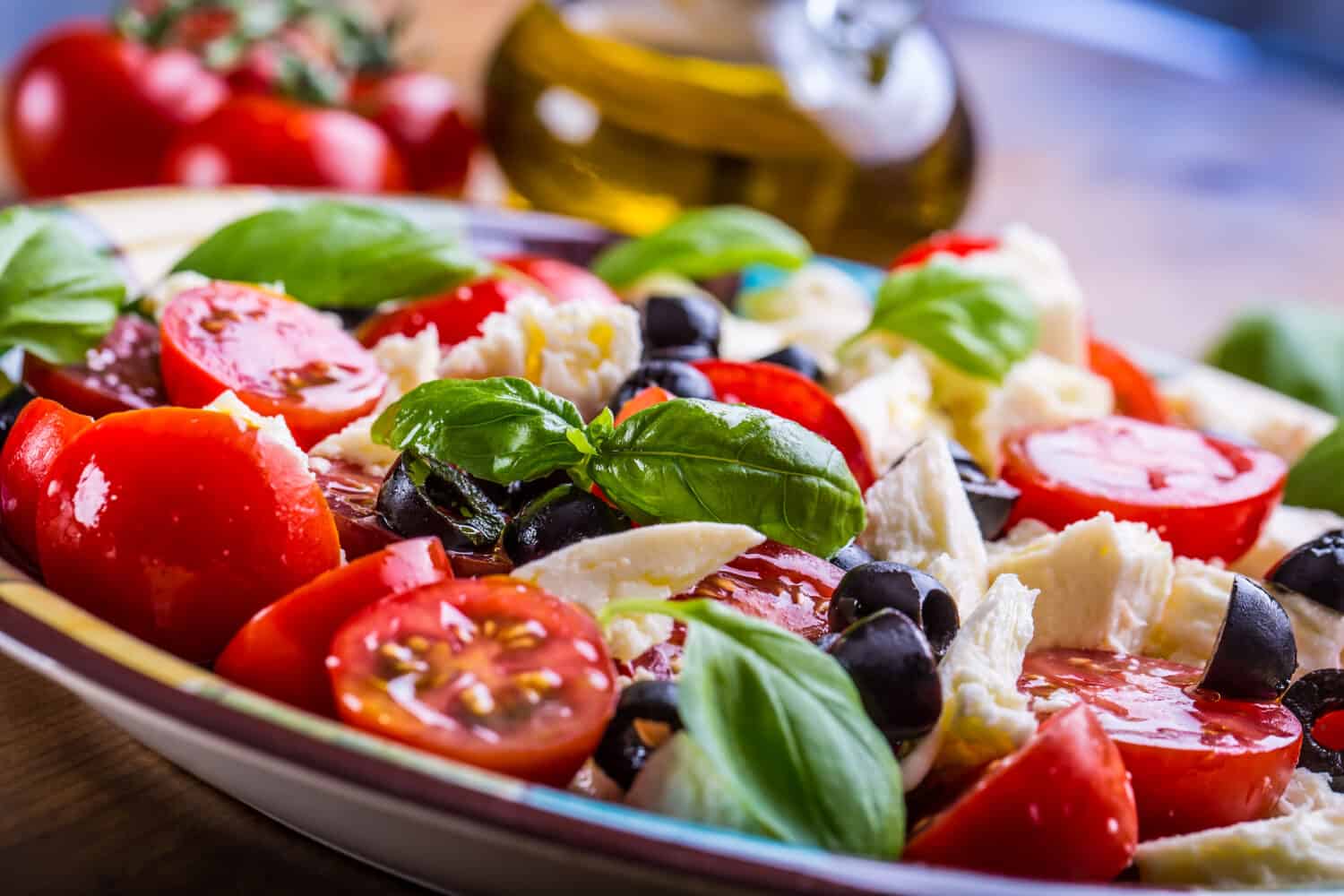
©Marian Weyo/Shutterstock.com
On the other hand, olive oil typically has a fruity, slightly nutty, and sometimes bitter taste with a peppery finish. Its flavor can vary depending on the type of olives and where they were grown. It's known for adding a pleasant taste to food.
- The must-have convenient reference guide for every home cook!
- Includes more than 8,000 substitutions for ingredients, cookware, and techniques.
- Save time and money on by avoiding trips to grab that "missing" ingredient you don't really need.
Smoke Point
Canola oil can handle high cooking temperatures – around 400°F or 204°C – making it versatile for various cooking methods such as frying, baking, and grilling without breaking down or producing toxic compounds harmful to your health.
At the same time, according to the North American Olive Oil Association, the smoke point of olive oil can be as high as 470⁰ F.
Should Olive Oil Be Heated at High Temperatures?
Extra virgin olive oil is a good choice for cooking because it contains unique components called polyphenols and antioxidants that help keep the oil stable and prevent it from going rancid. The North American Olive Oil Association went on to report a study showing olive oil holds up pretty well when exposed to high heat levels.
Note: Heating any food will affect its final nutritional value. This means the hotter and longer the olive oil is heated, the more its nutritional value will be lost.
Canola Oil vs Olive Oil: The Bad and Ugly
Some concerns about canola oil include its high omega-6 fats, which, when too much in the diet, might cause inflammation. Most canola oil comes from genetically modified plants, raising questions for some about its impact on health and the environment. How it's made can sometimes involve chemicals and heat that could affect the overall oil’s nutritional quality. Rare but possible allergies to canola oil exist.
In regards to olive oil, WebMD reports it can cause nausea for some people. Moderation is the key. Studies have shown just like olive oil can enhance your health, too much can have the reverse effect.
Canola Oil vs. Olive Oil: Nutritional Comparison
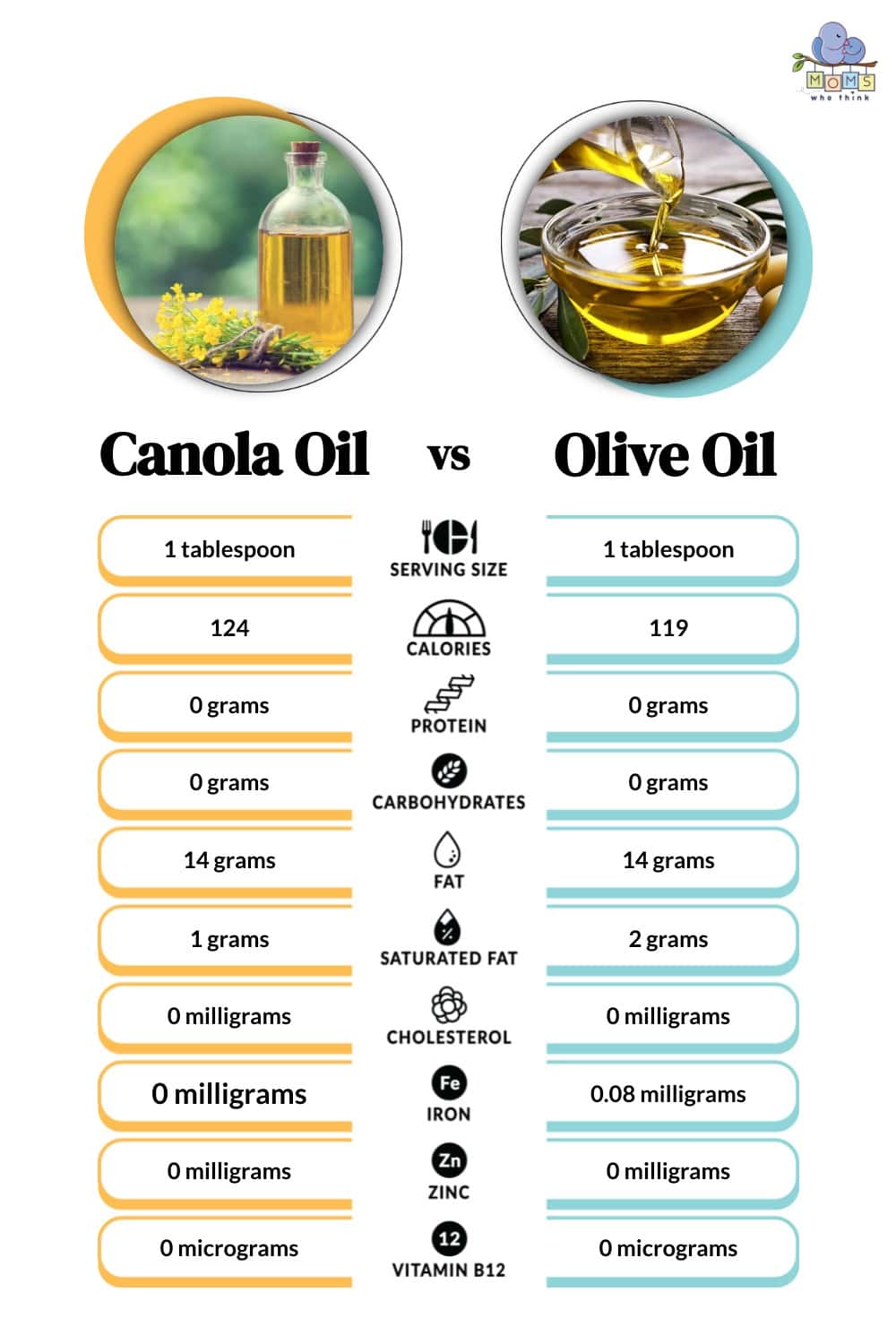
Canola Oil vs. Olive Oil: The Best of Each
For canola oil, organic, cold-pressed is a healthier option. Why? Because it is unrefined and without additives or preservatives. However, it can be quite costly and hard to find in some areas.
On the other hand, while there are different types of olive oil, extra virgin olive oil is the highest-quality. It's made by mechanically pressing olives to extract the oil without using heat or chemicals. This keeps it full of natural flavors and its health-promoting compounds. It should taste fruity and a little bitter and peppery. People like to use it for salads, dipping bread, or adding a special touch to their cooking. It's healthy too because it has good fats and antioxidants.
Bottom Line:
Canola oil has the pros of a mild flavor, versatility in cooking, and being low in unhealthy saturated fats, but it can be made from genetically modified plants and may involve refining. Olive oil, especially extra virgin, offers distinctive flavor and Mediterranean charm, with heart-healthy fats, antioxidants, and nutrients. Whether you choose cold-pressed organic canola oil or extra virgin olive oil, you have the knowledge to make an informed choice for the health and well-being of your family!
So which oil will you choose as your kitchen staple?
Best Recipes with Canola Oil
Slow-Cooked Honey Pineapple Chicken
Best Recipes with Olive Oil
Juicy Roasted Herbed Tenderloin with Potatoes and Carrots
Chicken Enchiladas with Tomatillo Salsa
- The must-have convenient reference guide for every home cook!
- Includes more than 8,000 substitutions for ingredients, cookware, and techniques.
- Save time and money on by avoiding trips to grab that "missing" ingredient you don't really need.
